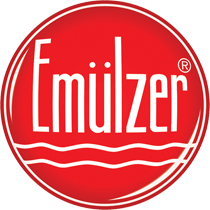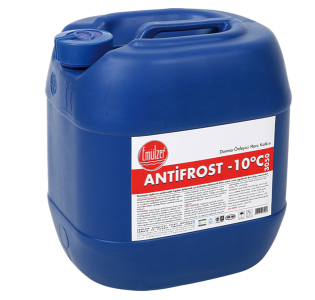Get Support
123-456-789-10
Description
As an anti-gel universal concrete additive it prevents fresh concrete from freezing by increasing the heat of hydration.
Usage Areas
It is used for concreting at low temperatures up to -10° C, and when frost is expected at night.
Advantages
Because it does not contain any calcium chloride, it is not harmful for the rebar.
It is non-corrosive. Anti Frost -10° C provides a plastic and more fluid concrete.
Its workability increases, and water/cement ratio decreases.
It provides early strength, and increases final strength and pull- out resistance.
Application
Preferably Anti Frost -10° C is either added to mixing water or poured into concrete mixer simultaneously with the mixing water.
It is not recommended to be added to dry concrete mix.
Subsequently the usual process recommended for a good concrete production is carried on.
Cement, aggregate and water must be protected from freeze, and no ice particles must be left between aggregate and water.
Water must be heated up if necessary.
The temperature of fresh concrete must not be under +5° C.
To maintain hydration temperature, concrete must be covered, especially under windy weather conditions.
It should not be used in thin or exterior concrete elements.
It is recommended to keep water/cement ratio at minimum.
Portland cement must be used in the production. Wooden mold must be preferred.
Consumption
1% of cement between +5° C and -5° C. 2% of cement between
-5° C and -10° C. Adding a greater amount of antifreeze is not helpful
in concreting at temperatures below -10° C.
Packaging
25 kg Plastic drum - 33 Drums / Pallet






